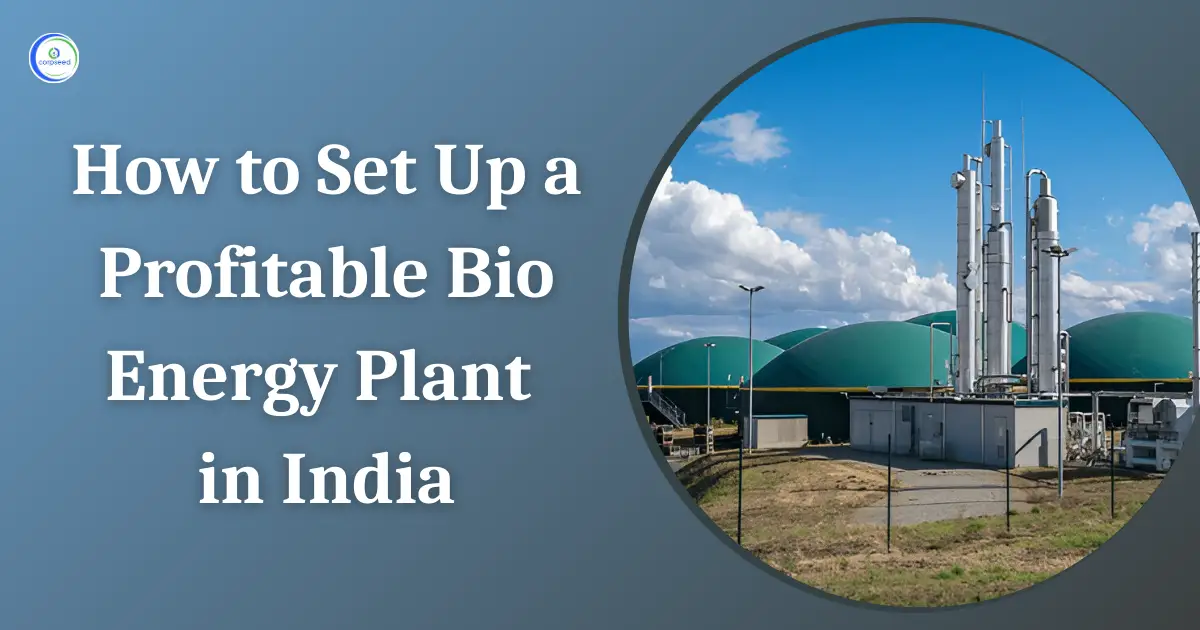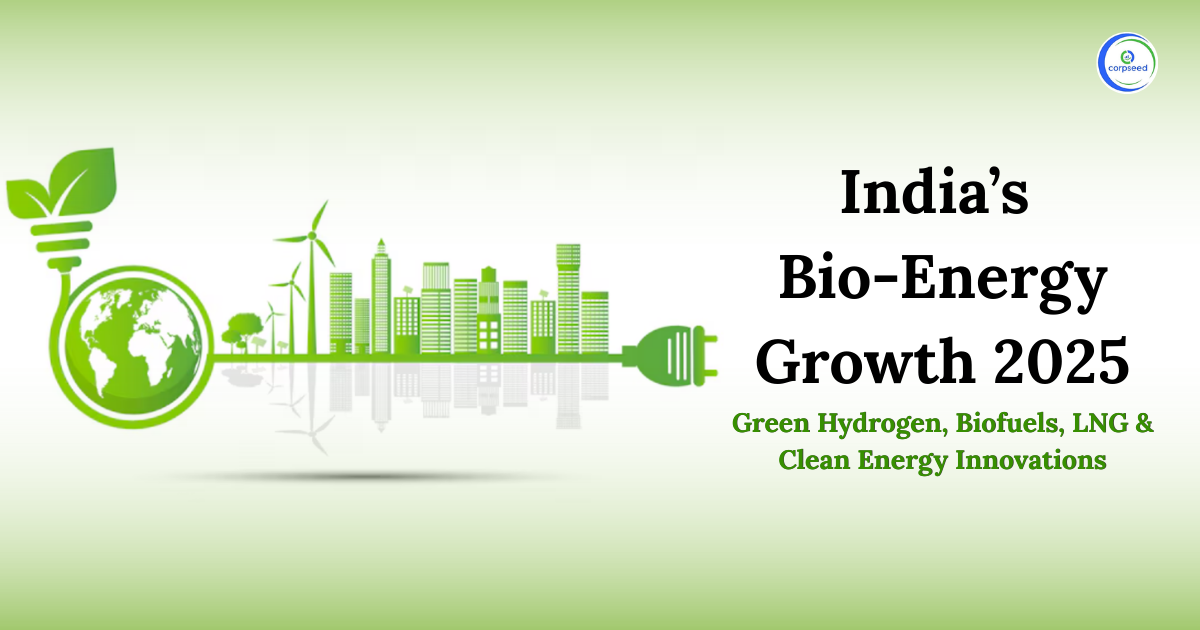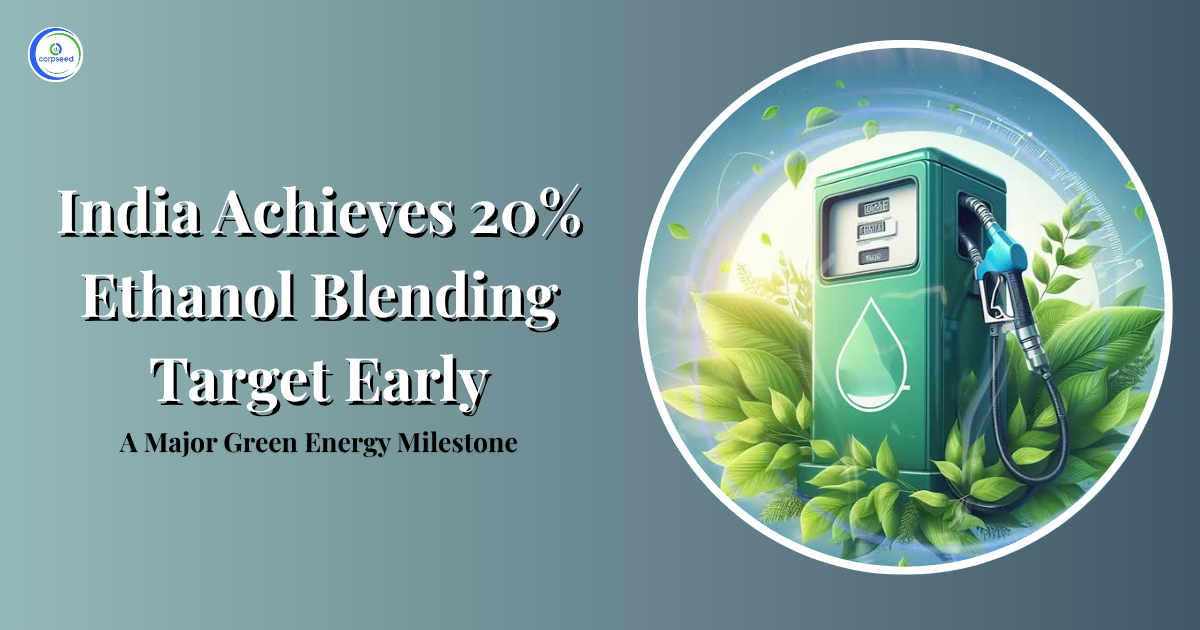The Ministry of Petroleum and Natural Gas (MoPNG) has revised the guidelines of its financial incentive scheme designed to support Compressed Bio Gas (CBG) producers in procuring biomass aggregation machinery (BAM). The scheme, originally announced on February 2, 2024, is India’s attempt to build a sustainable circular bio economy, prevent stubble burning, and support rural energy infrastructure.
With the latest version issued in July 2025, the scheme now highlights additional improved procedures for effective application, better monitoring, and strategic allocation of funds. Its purpose is to bridge the gap between agri-waste management and clean energy production by enabling the deployment of essential machinery to capture and process biomass at the grassroots level.
Table of Contents
A Sustainable Energy Push Rooted in Agriculture
India produces millions of tonnes of agricultural residues yearly, most of which goes unused or burned in the open, causing environmental destruction. Distinguishing the dual challenges of waste and energy reduction, the Government of India has shifted its focus to compressed Bio Gas, which is a clean fuel that can be generated through anaerobic digestion
However, the logistics of biomass accumulation is one of the most pressing constraints in scaling up CBG production. The revised scheme directly addresses this challenge by providing financial assistance to qualified CBG producers for the purchase of necessary machinery such as balers, shredders, loaders, and transport equipment.
Key Objectives of the Scheme
The financial assistance scheme serves multiple national objectives:
- The primary goal of this scheme is to facilitate biomass aggregation and marketing, preventing the burning of surplus biomass and generating extra income for farmers.
- Facilitate biomass aggregation by supporting the purchase of modern machinery suited to rural terrains and diverse cropping systems.
- Promote renewable energy by strengthening the feedstock supply chain for CBG production.
- This scheme aims to support biomass co ion for initial 100 CBG plants by providing financial assistance to CBG producers for procurement of biomass aggregation machinery (BAM).
Through this complex approach, the scheme not only fosters environmental responsibility but also improves India’s commitment to energy transition and rural empowerment.
--------------Blog Contact Form-------------
Eligibility and Funding Structure
The scheme is open to both existing and upcoming CBG plants that meet specific biomass usage thresholds. To qualify, a project must either:
- Use at least 50% agri-residue as feedstock, or
- Utilize a minimum of 3000 metric tonnes of agri-residue annually.
- Additionally, eligible projects must have a minimum CBG production capacity of 2 tonnes per day (TPD) and be registered on the GOBARdhan portal.
- Under construction projects with at least 25% of physical progress at site as per all be considered eligible. However, at least 50% physical progress must be achieved prior to disbursal of FA.
Funding Structure
- Maximum financial assistance of 50% of the procurement cost of biomass aggregation machinery or Rs. 90 lakh per set (whichever is less) will be admissible as grant to a CBG producer.
- CBG producers will have the flexibility to choose equipment with in the approved list (as stated in Annexure II) based on their project requirements.
- For plants that meet the eligibility criteria, the assistance will be released in one or more phases over a two-year period. In cases where bank loans are used to finance the equipment, the assistance is transferred directly to the lending institution to offset the principal amount, reducing the interest burden for the producer.
- The financial assistance would be provided as follows:
For compress bio gas plants utilizing more than 50% Biomass (Agri-residue) as feedstock: A financial support of Rs. 90 Lakh will be provided for a 2 TPD CBG capacity project.
OR
For CBG plant utilizing less than 50% Biomass (Agri-Residue) as feedstock, however, more than 3000 MT/ Annum Biomass (Agri-Residue) as feedstock: A financial support of Rs. 90 Lakh per 3000 MT Agri-Residue requirement will be provided.
- The maximum financial assistance will be Rs. 9 crore per project, on a pro rata basis.
Application Process and Timeline
Applications for the scheme are accepted quarterly via the designated online portal. Each cycle runs from the 1st to the 30th of the first month in every quarter. The final date for submissions under the current guidelines is September 30, 2026, unless extended by the Ministry. Applicants must submit a comprehensive set of documents including:
- Under construction projects with at least 25% of physical progress at site as per DPR shall be considered eligible. However, at least 50% physical progress must be achieved prior to disbursal of FA.
- GOBARdhan registration certificate
- Equipment quotations from OEMs
- Environmental compliance certificates
- Non-availment declaration for other subsidies
PMA reviews and verifies all applications, conducting physical checks where necessary. Proposals that meet the criteria are submitted to the PAC, which makes recommendations to the PAB. Once approved, the financial assistance is processed and disbursed in accordance with the chosen funding model, either self-financed or through a lending institution.
Procedure after approval of application:
After the application for financial assistance is approved, CBG producers need to take specific steps to obtain funds and complete the procurement process.
- No changes in Approved equipment List: The list of equipment cannot be changed after approval. However, at the time of application, the applicant may request phased procurement within the approved limits.
- Deposit of Funds: After approval, the CBG producer shall deposit the total cost of goods from his own funds into the OEM or account of authorized dealer. Alternatively, the producer can deposit margin money and get credit from banks for the remaining cost. Moreover, the producer can apply for a 10% enlistment advance, subject to providing a bank assurance valid for one year.
- Equipment Procurement and Verification: The CBG producer must receive the goods within six months of the date of approval. In case of any delay due to reasons beyond their control, the Producer may request an extension by submitting an application to the PMA.
- Verification and Fund Release: PMA will conduct a physical verification within three weeks and upload the verification report on the portal. Following this, a proposal for the release of financial assistance will be submitted to the Ministry. Once approved, the Ministry will release funds to the CNA, who will transfer the amount to the bank or the producer’s account.
- Audit and Final Release: PAC will form a team to review a certain percentage of the verification reports and proposals for financial assistance release to ensure compliance with the scheme's guidelines.
Responsibilities of Beneficiaries
CBG producers receiving funding under the scheme are required to sign a five-year bond for proper use and maintenance of the machinery. The equipment must be used mainly to collect and transport biomass, and it cannot be sold, transferred or mortgaged for at least five years.
Beneficiaries must also:
- Insure machinery valued above ₹5 lakh
- Submit an annual utilization report by January 31 of each year
- Maintain records of biomass collected
- Cooperate with inspections and verification visits by PMA or other authorities
Non-compliance may result in penalties, recovery of funds, or reallocation of equipment to other eligible beneficiaries.
Building a Circular Bio economy
The significance of this scheme is far greater than machinery grants. It forms the basis of a biomass ecosystem where agricultural waste is systematically picked up, accumulated and used to power industries and vehicles substituting fossil fuels.
By linking policy incentives to grassroots infrastructure, MoPNG is not only encouraging cleaner fuels, but it is permitting a rural bio economy that supports farmers, businesses, local governments, energy companies into a shared mission.
This policy framework is also expected to entice private investment, speed up the operation of the CBG plant, and promote local manufacturing of BAM devices, thus creating job opportunities in the value chain.
Conclusion
The revised scheme guidelines for financial assistance to CBG producers for biomass aggregation machinery signify a strategic and timely intervention. By offering significant capital support and implementing transparent governance mechanisms, the scheme supports India’s broader vision of cleanliness, energy conservation, and rural economic resilience.
With proper implementation and active participation of all stakeholders, this initiative could be the foundation of India’s energy transformation, which starts from in the farmlands and culminates in a greener, self-reliant future.
This portion of the site is for informational purposes only. The content is not legal advice. The statements and opinions are the expression of author, not corpseed, and have not been evaluated by corpseed for accuracy, completeness, or changes in the law.
BOOK A FREE CONSULTATION
Get help from an experienced legal adviser. Schedule your consultation at a time that works for you and it's absolutely FREE.




.webp)




